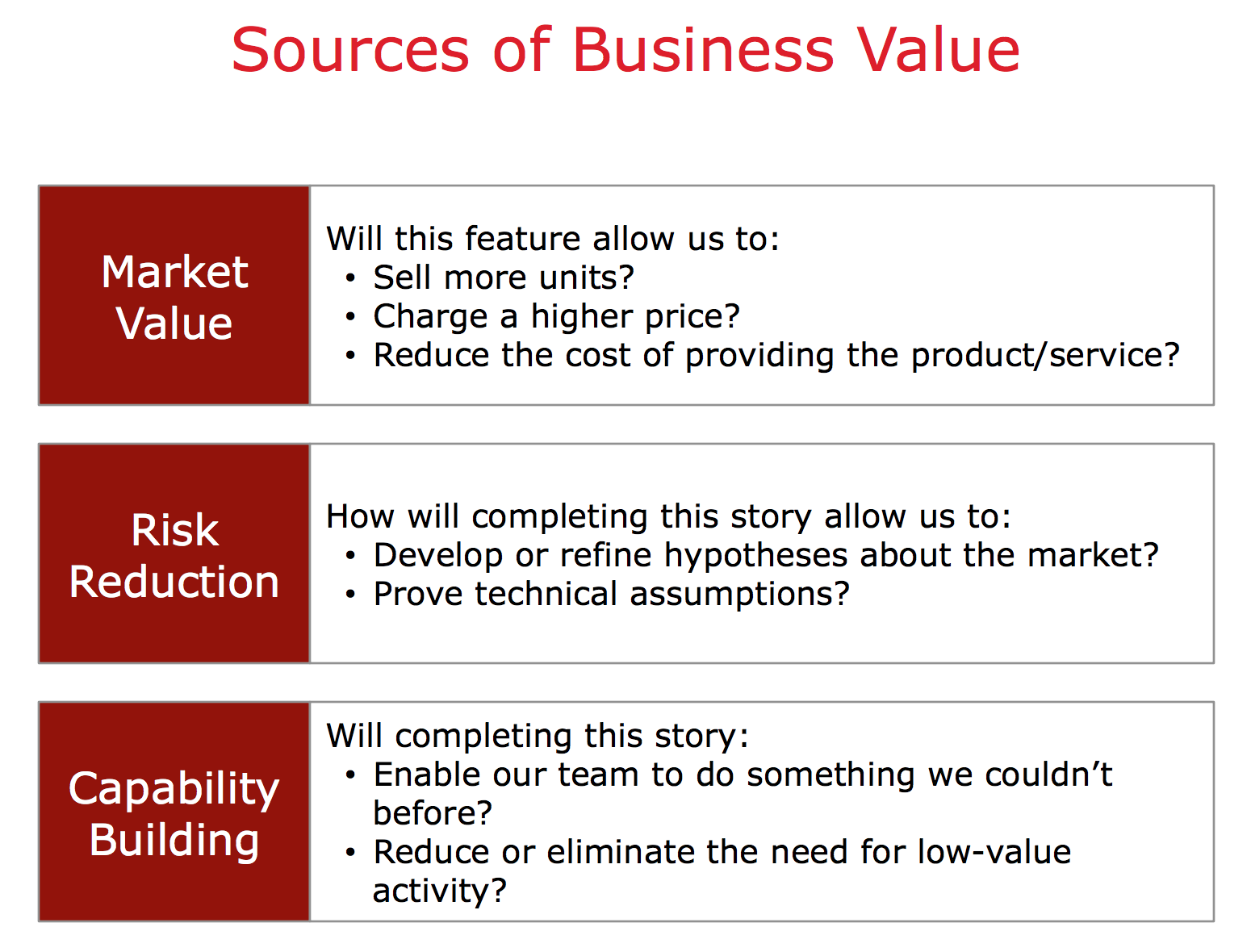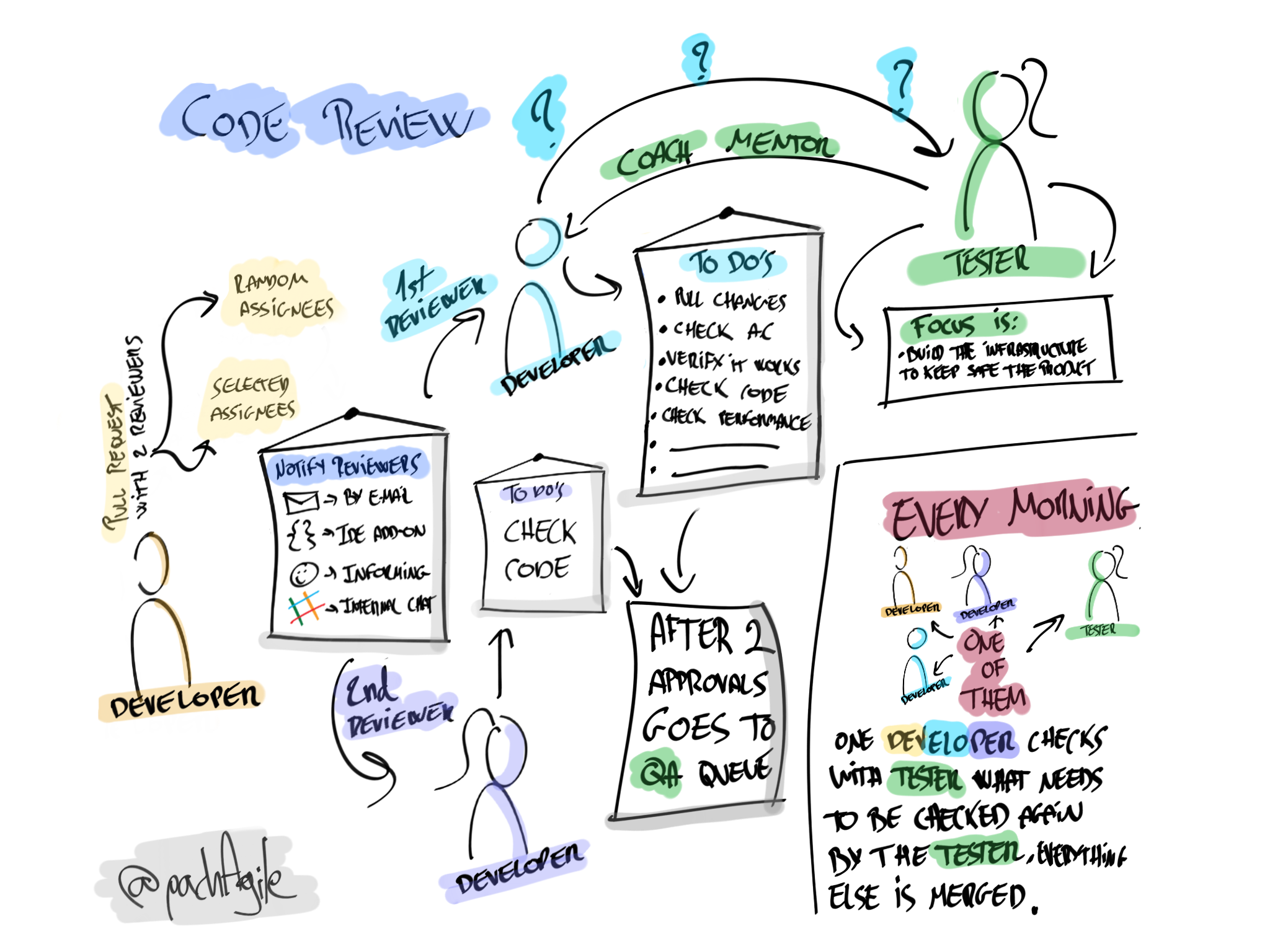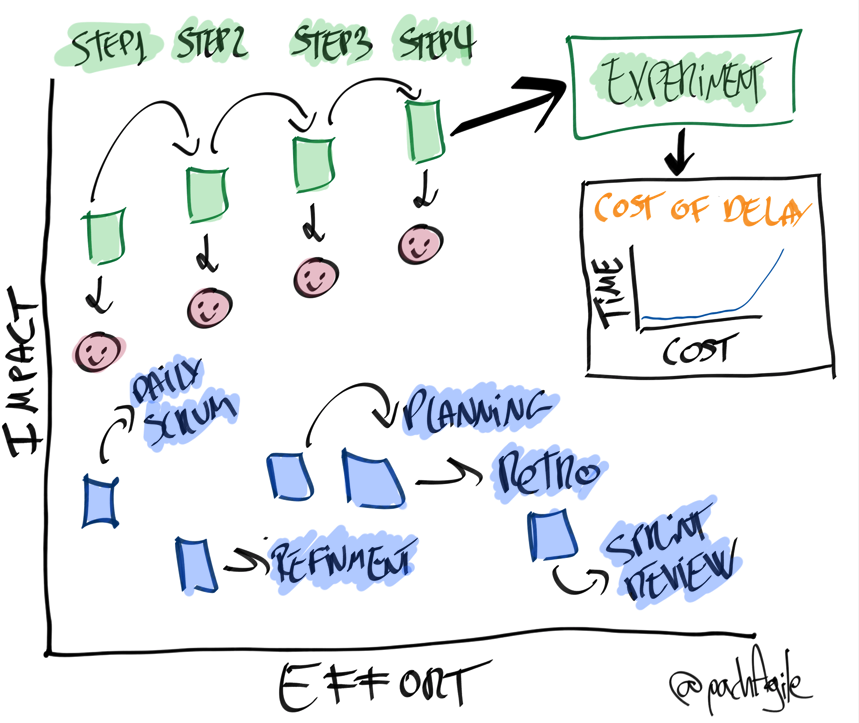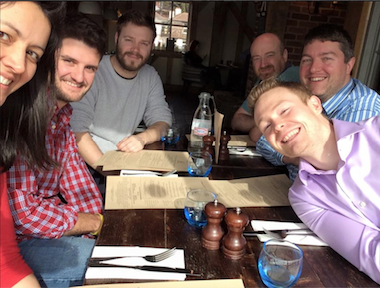Lately, I have been reading a lot about Business Value in Agile environments, and the last book I have read is this one The Art Of Business Value, I highly recommend the book, it made me think a lot! and that is why I’m writing this post.
There is something very important when it comes to working in any business regardless they way we use to work, and is the feeling of ownership about what you do. I wrote about it so you can check the post here.
If you think about it, when do you think you reach your maximum productivity being happy with it? In my opinion, we have two scenarios:
- When you are highly intrinsic motivated.
- When you feel ownership about what you are doing.
Now I will ask something else, when do you think your team reaches their maximum productivity being happy with it? In my opinion, we also have two scenarios:
- When you are highly intrinsic motivated.
- When you feel ownership about what you are doing.
But, what is the difference? The difference is basically if you are selfish or not, in the first case it could happen that as long as you program or you work in the product you like it might be enough for you to be productive and happy at the same time. Or, if you are the owner of the company, and you are part of the team you will be also productive and happy with it because the product is yours, and the money being made is also yours, what I mean is that both options don’t necessarily go together, all depends on the context.
But in the second case, both things need to go together, if you want your team to succeed, the people need to be intrinsically motivated and feel ownership about what are they doing at the same time.
Now the main question:
How can you be productive and be happy with it, working in a product and language you haven’t chosen and in a company you don’t own?
While I was reading The Art Of Business Value, I saw something in the book that made me think a lot, even if it seems common sense, remember, “common sense is often not so common”
“If we really want the Agile team to be responsible for delivery of business value, we need to give the team ownership over business discovery and interpretation, not just over delivery requirements”
We know about the PO role, and here who have the definition of a respected entity and person:
By Scrum.org: “The Product Owner is responsible for maximizing the value of the product resulting from work of the Development Team. How this is done may vary widely across organizations, Scrum Teams, and individuals.”
By Mike Cohn: “The Scrum product owner is typically a project’s key stakeholder. Part of the product owner responsibilities is to have a vision of what he or she wishes to build, and convey that vision to the scrum team. This is key to successfully starting any agile software development project. The agile product owner does this in part through the product backlog, which is a prioritized features list for the product.”
Note a difference, Mike Cohn refers to the PO and Scrum team as two different things, which is little strange, but anyway, in both cases, we see that the PO gives something prioritized by value to work on to the development team.
In my case, for instance, over the Sprints we have the refinement, where we check tasks already created and we try to see if the team understand the tasks, see if the tasks are still relevant, also what is behind them so we reduce the uncertainty once they are started, basically the goal is to understand what is coming so we can update, create new tasks or whatever it’s needed to clarify the next sprint goal.
Then, in the planning the team sees a list of tasks already prioritized by the PO, we can discuss them so we make sure all is still aligned and then, the sprint starts with a sprint backlog.
How many times have you listened in the middle of sthe sprint, there is nothing left in the sprint, what can I do? but you check and there are other stuff in progress being done by other colleagues, but then you ask, the same person, what would you do if you would be the owner of the company? they would have different response and behavior for sure, they are gonna find something to work on for sure.
And why is this happening? because of the feeling of ownership, that is why the statement is highlighted before “If we really want the Agile team…” made me think a lot.
How are those tasks being prioritized? business value can be many many things, and isn’t just ROI or NVP.
What would happen, if the PO would only convey the vision and value, in this case, more economical numbers and KPIs, but wouldn’t be allowed to write any tasks? why if the refinement would be for the business part so the development team can really understand what is needed so they can adjust the way they are gonna make it.
This screenshot is from a SCRUMINC presentation:
Market Value refers basically to numbers, will be this increasing revenue and reducing costs?
Risk Reduction refers basically to if the feature, for instance, will enable the company to corroborate that they are going in the right direction.
Capability Building is a little bit confusing, what it means that the team can do something they couldn’t before? and reduce low-value activity?
Something they couldn’t do before, like what? and this is supposed to be defined by whom? and who decides what is a low-value activity?
And all these interpretations appear to be done in the sprint planning because the tasks are already prioritized, but to be honest, I haven’t seen development teams participating actively in the prioritization, sometimes they request a task, maybe to increase the security of the system, or to refactor some code, and stuff like that, and the PO normally doesn’t complain about it because I guess they think:
“if it’s coming from the development team, and they are requesting to do it, it must be imporant” – This is just my assumption, it does not mean it was like this of course.
Again, is this right? only because the development team is requesting to do it means that must be at the top of the backlog? Is like the features, only because the PO says that is imporant it must go at the top?
Are we assuming the PO is completely right because understood at 100% what are the stakeholders, end users demanding? and also, are we assuming the development team knows completely what is needed for the good of the system? At least the development teams have discussed more about the topic, because PO there is only one, and a development team is a group of people.
Referring to the Source of Business Value, I would like to add something new.
Team and People growth, that would refer to aspects like:
- Will the team with this feature or bug gonna do some pair programming?
- Will the feature A enable the team to simplify the development of feature B and C
- Will the team cover the feature by tests?
- Will the team increase test coverage so the bug will likely not happen again?
- Will this feature imply to investigate a new language?
- Will this bug imply me to talk with the Data Engineering team to find the root cause? so I learn more about Data Engineering?
Notice that those are some few random questions I have invented while I was writing this, but every single question is valuable for the team, product and organization, all those questions and conclusions from them could be part of the formula when calculating Business Value of a feature or a bug fix.
You also have to think in your organization mission and purpose, if your organization does not take care about people too much then “Team and People growth” is not going to be very imporant when deciding the business value of what is being done, which is lawful, every company has it’s own priorities and goals.
I think I will need more posts to continue with the topic, but Business Value is not easy to calculate, there are many many aspects to take into account when calculating the business value, is not all about money, and for me it’s sound strange that we have a group of people closer to the business side who decides in a big percentage what to do and when, and then we have in another side the people who execute the work, a development team also can participate in defining business value but in a way smaller part.
I don’t think we can just expect that the development teams will exchange impressions and opinions about what needs to be done, I think, if we want to increase the feeling of ownership we really need to connect who executes the work with the business part, making them part of the ideation, discovery, and interpretation of what is valuable for the entire organization.
How? I don’t know, but I’m working on something, I have an idea that could be helpful, the first step, soon I will publish it!







We comparing elements that are difficult to compare, the money can be a very useful tool. As I stated in “Poderosa Unidad es Don Dinero” (Sorry it’s in Spanish), almost everything can be translated to money, and thus compared.
How can a development team say that they need to refactor some code? How do they sell it to the business. They need to make a guess, to say: We expect to save 5 hours a month. How much is an hour? Then could be translated to money and the ROI computed.
I agree that for small things, it would be easy to just base it on feelings, and let the PO trust the team. But for bigger tasks, monkey could be a great ally.